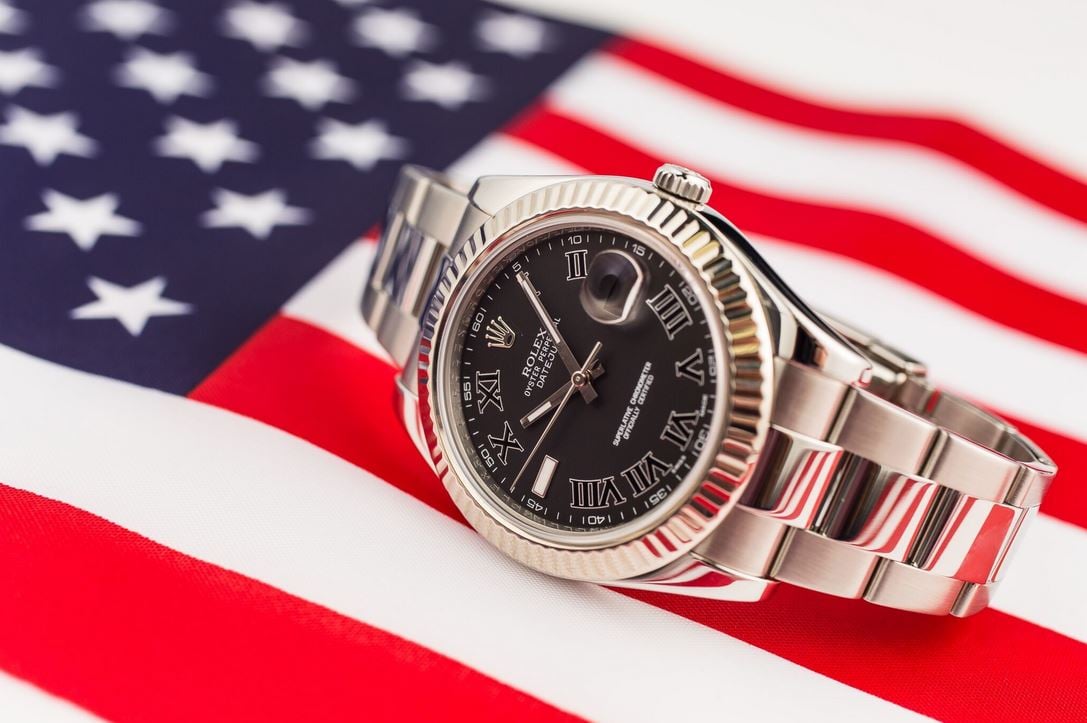In the luxury watch world, brands tend to reflexively discount the importance of trends, preferring instead to emphasize the timelessness of their products. But there’s no denying that wristwatches reflect broad fashion and lifestyle trends as much as any consumer product.
That was abundantly clear at the latest edition of Watches and Wonders Geneva in April, not to mention the satellite shows that took place around the city that week, when dozens of brands, from A. Lange & Söhne to Zenith, introduced a varied mix of new models that inevitably hit on some of the same aesthetic notes.
We saw a palette of new dial colors – including pinks, purples and reds – as well as a more widespread embrace of dress models, precious metal pieces and shaped watches, all reflecting a burgeoning shift away from the steel sport watches that defined the pandemic era of collecting toward styles with more individual appeal, not to mention consistently higher price tags.
(That said, don’t count out the steel sports watch category just yet. One of Rolex’s biggest introductions was a new and very slightly improved Rolex GMT-Master II, available in Oystersteel with a graduated two-color Cerachrom bezel insert in grey and black ceramic, with a choice of Oyster or Jubilee bracelet.)
Below, we touch on five key timepiece trends of the season, which, given the watch industry’s relatively slow production cycle, are bound to have an impact on what we’re all coveting this coming holiday.
Pinks, Purples, Reds
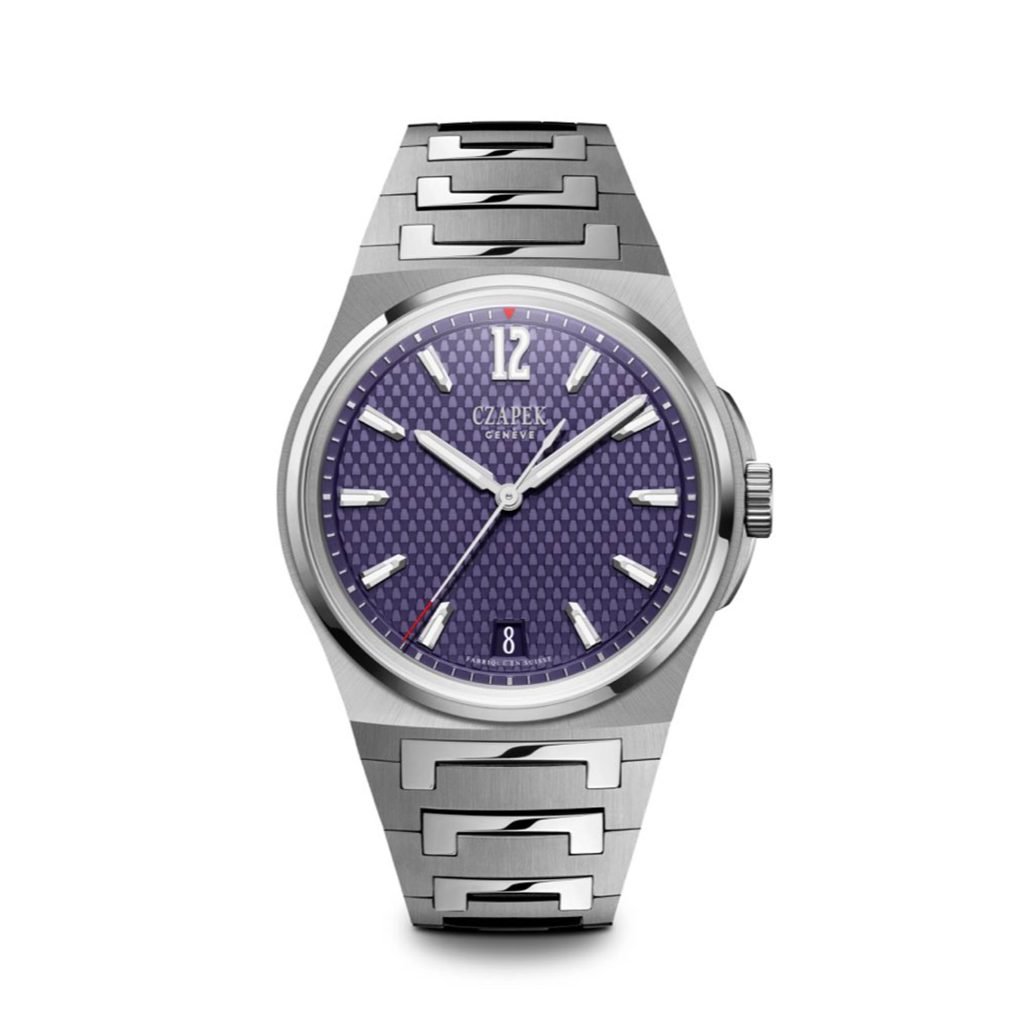
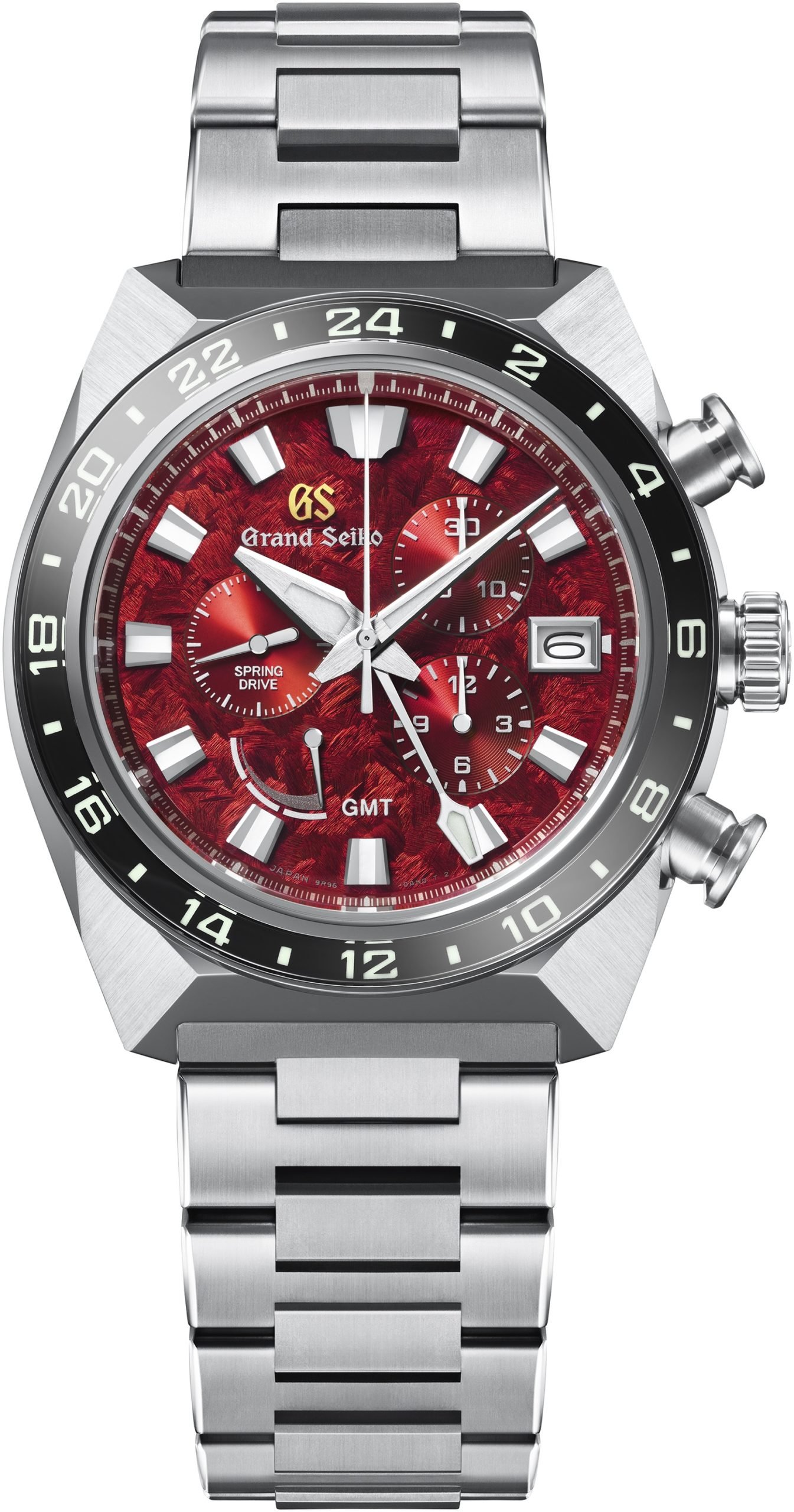
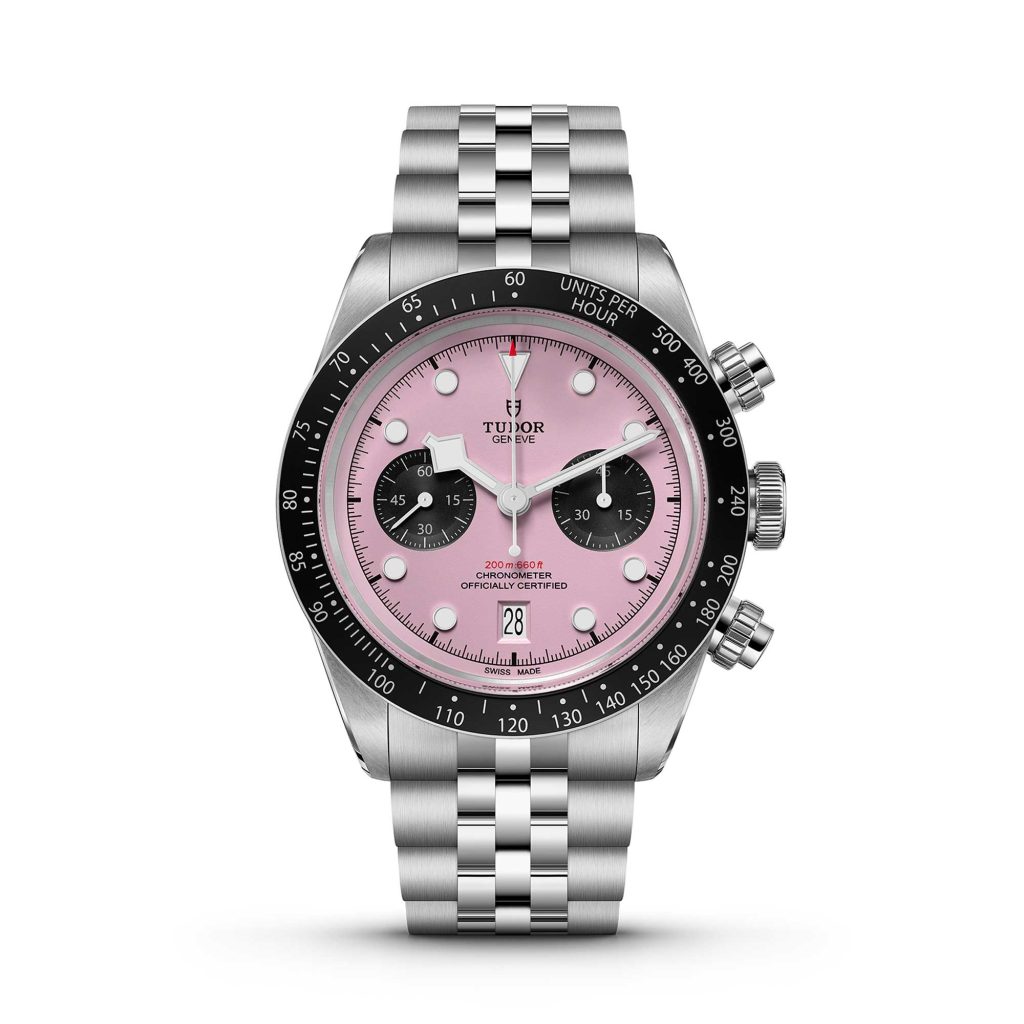
For years, watchmakers have fixated on blue and green as de riguer dial and strap colors. This year, however, saw a growing comfort level with a rosier palette not typically associated with fine watchmaking.
From Tudor’s introduction of its Tudor Black Bay Chrono with a Barbie-pink dial to the Czapek & Cie. Antarctique model with the beguiling purple face – named the Passage de Drake Afterglow, the piece was inspired by the “afterglow” phenomenon in which the atmosphere at dusk and dawn retains its intense glow – watchmakers opted for brighter, more feminine hues all around.
At Grand Seiko, for example, the new Spring Drive Chronograph GMT honored the 20th anniversary of the 9R Spring Drive movement series with a blazing red dial inspired, according to the Japanese watchmaker, by “the changing colors of summer mornings in Shinshu,” the region in central Japan where all Spring Drive timepieces are manufactured.
Tourbillons
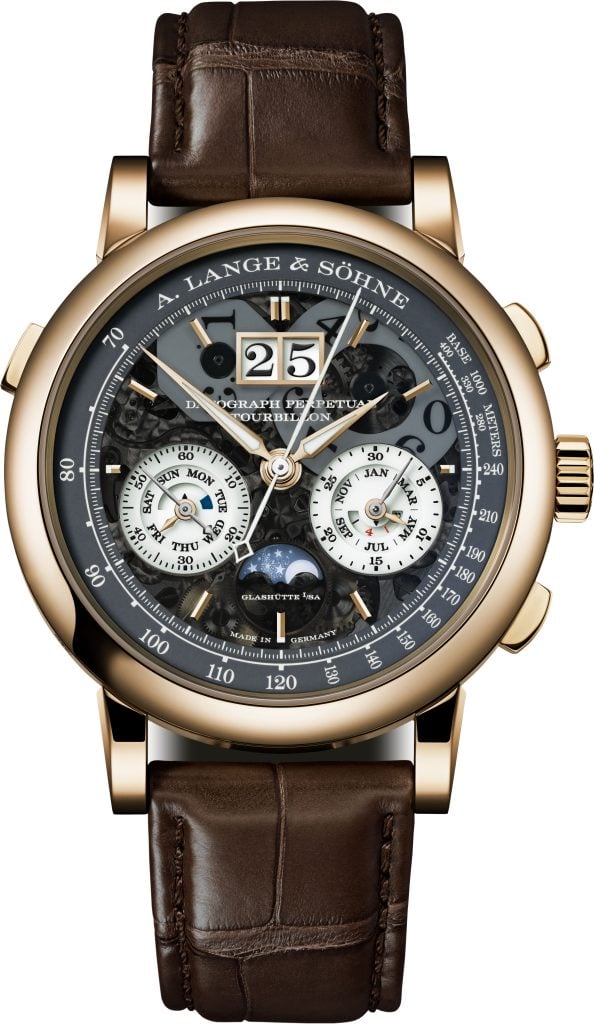
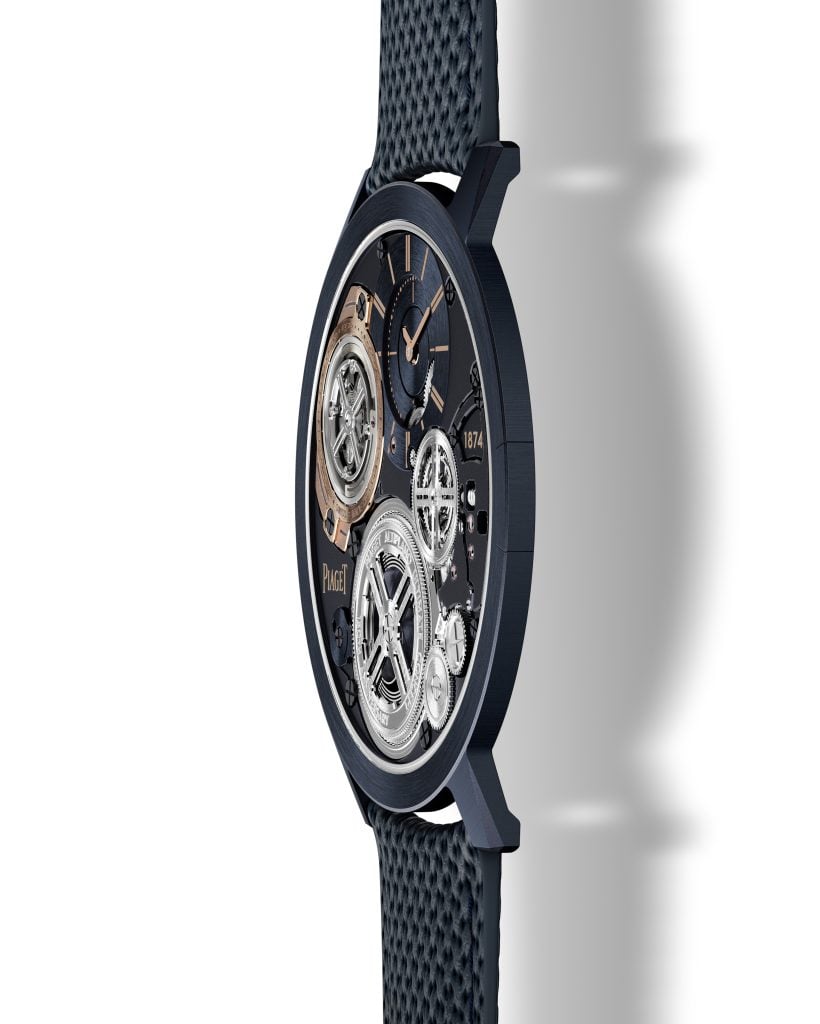
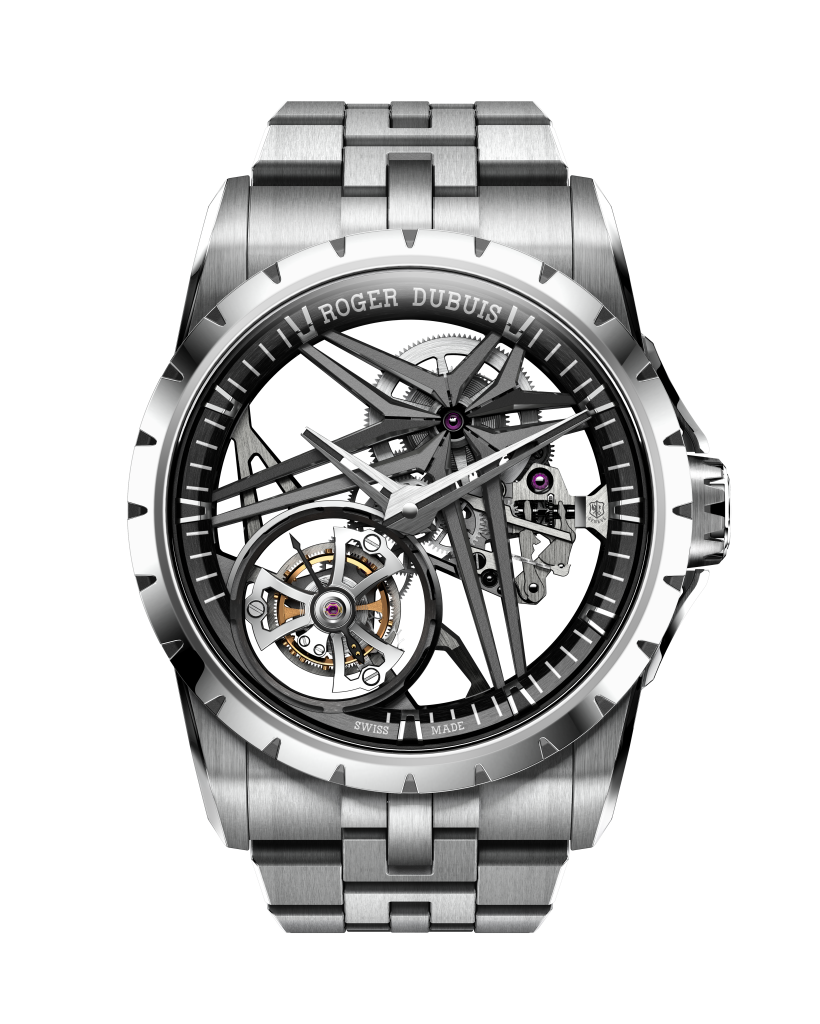
In 1801, when the watchmaker Abraham-Louis Bréguet patented a revolving mechanism known as the tourbillon (French for “whirlwind”), the device was intended to counteract the effects of gravity on the gears of a mechanical timepiece. At the time, portable timekeepers were almost exclusively pocket watches, which tended to remain stationary for long periods, either in horizontal or vertical positions, and therefore benefitted from Breguet’s groundbreaking invention.
When wristwatches came into fashion around World War I, however, tourbillons lost their raison d’être and fell out of favor. It took the mechanical watchmaking renaissance of the late 20th century to bring them back into use, this time as showy dial elements, often made visible through a cutout at six o’clock.
For the past 20 years, watchmakers have been obsessed with them. And seemingly never more so than now. Roger Dubuis made the feature the centerpiece of its 2024 introductions, with four new tourbillon models, including the sleek Excalibur Titanium Monotourbillon.
Meanwhile, the German watchmaker A. Lange & Söhne unveiled its new Datograph Perpetual Tourbillon Honeygold “Lumen” combining a flyback chronograph with a precisely jumping minute counter and perpetual calendar. In a twist, the watchmaker placed the tourbillon on the backside of the movement, and made it visible not through the dial, but through the sapphire caseback.
Of special note was Piaget’s Altiplano Ultimate Concept Tourbillon 150th Anniversary, a sliver of a watch measuring just 2 mm thick, with a flying tourbillon embedded in its main plate.
Precious Materials
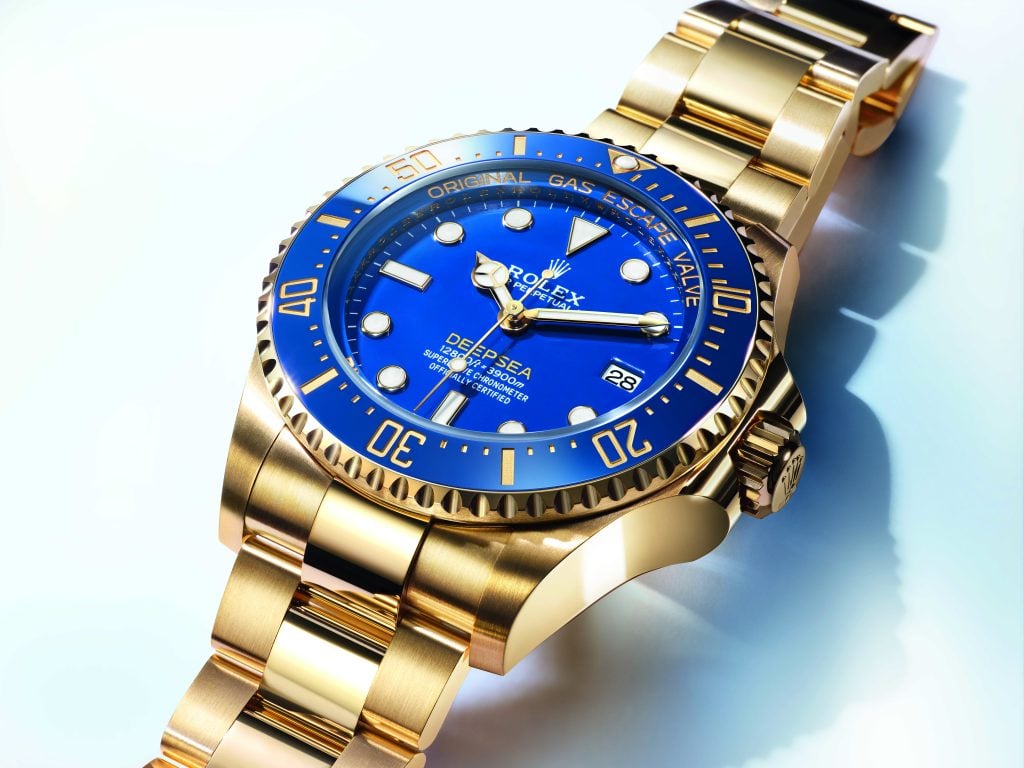
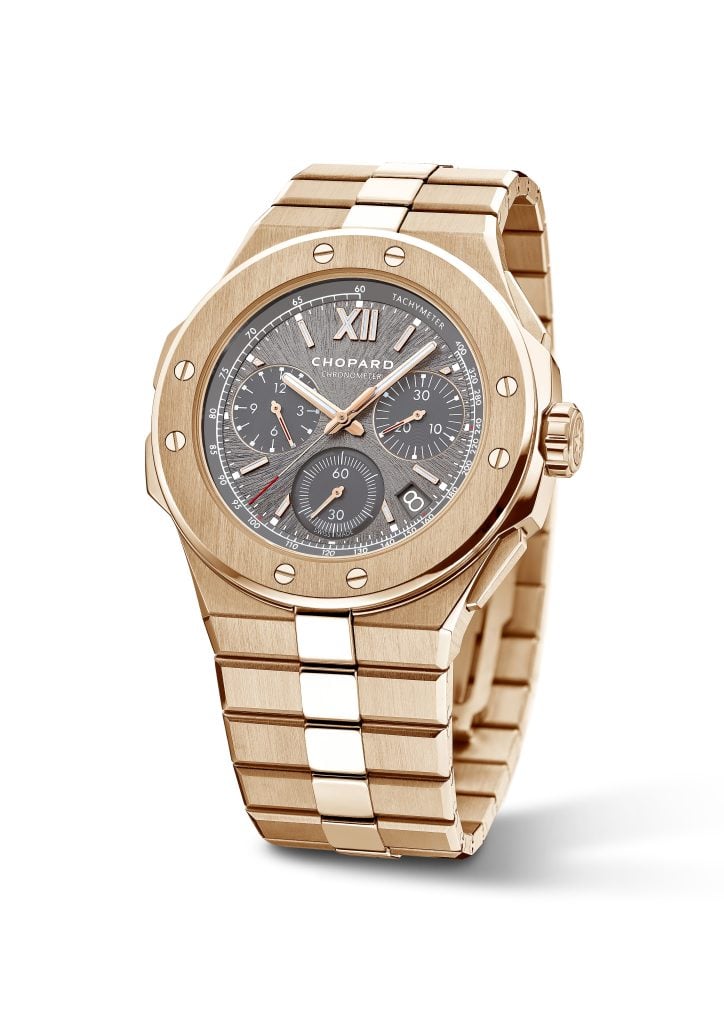
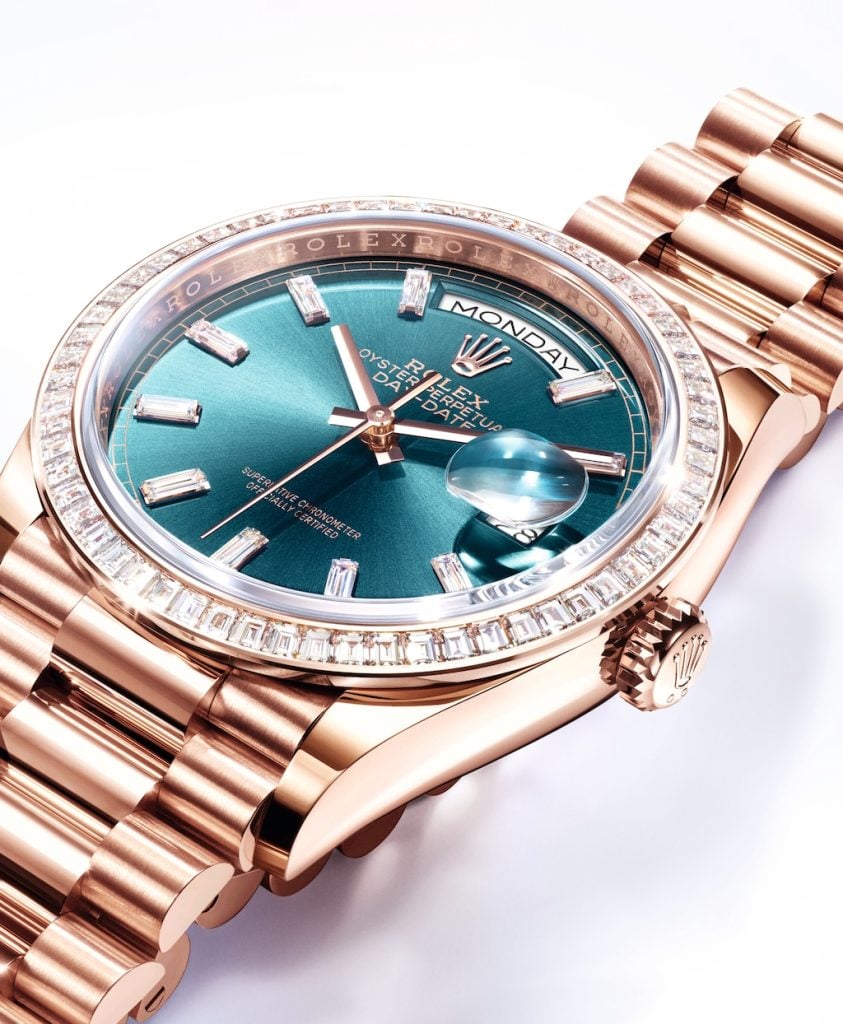
With the price of gold hovering near $2,400 an ounce, encasing a watch in the precious metal has never been pricier. And yet we saw loads of yellow and rose gold wristwatches in Geneva, suggesting that high prices are not an obstacle, and in fact may be the very point.
That theory has been borne out in two ways: First, by retail sales data, which shows that the prestige segment, typically defined as brands that have average prices above $10,000, is performing better than the lower-priced segment. And second, by the tenor of the season’s most high-profile introductions, chief among them a slew of releases from Rolex.
These include the new Rolex Deepsea, presented in 18-karat yellow gold for the first time; two new Rolex Day-Date models in 18-karat Everose gold, a 40 mm model featuring a slate ombré dial, and a 36 mm version with a blue-green dial framed by a bezel set with 60 trapeze-cut diamonds; and two new 18-karat gold versions of the Rolex Sky-Dweller, one with a slate dial in 18-karat Everose gold and the other with an intense white dial in 18-karat yellow gold, each on a Jubilee bracelet. (This marks the first time that the Sky-Dweller has been fitted with a Jubilee bracelet in precious metal.)
As if to hammer home the precious theme, the Crown also unveiled two new 18-karat white gold Cosmograph Daytona models featuring mirror-image color ways, each boasting bezels set with 36 brilliant-cut diamonds. The first version bears a white mother-of-pearl with chronograph counters in black mother-of-pearl and comes on an Oysterflex bracelet, while the second version comes on an Oyster bracelet and features a black mother-of-pearl dial with white mother-of-pearl counters.
Plenty of other brands also eschewed steel in favor of gold, including Chopard, whose 44 mm Alpine Eagle XL Chrono now comes in 18-karat ethical rose gold; IWC, which introduced several new rose gold models into its Portugieser range, including the Automatic 40 “Obsidian” and the Portugieser Chronograph; and TAG Heuer, which opted to add a Carrera Skipper chronograph in 18-karat rose gold to its lineup.
Dress Styles
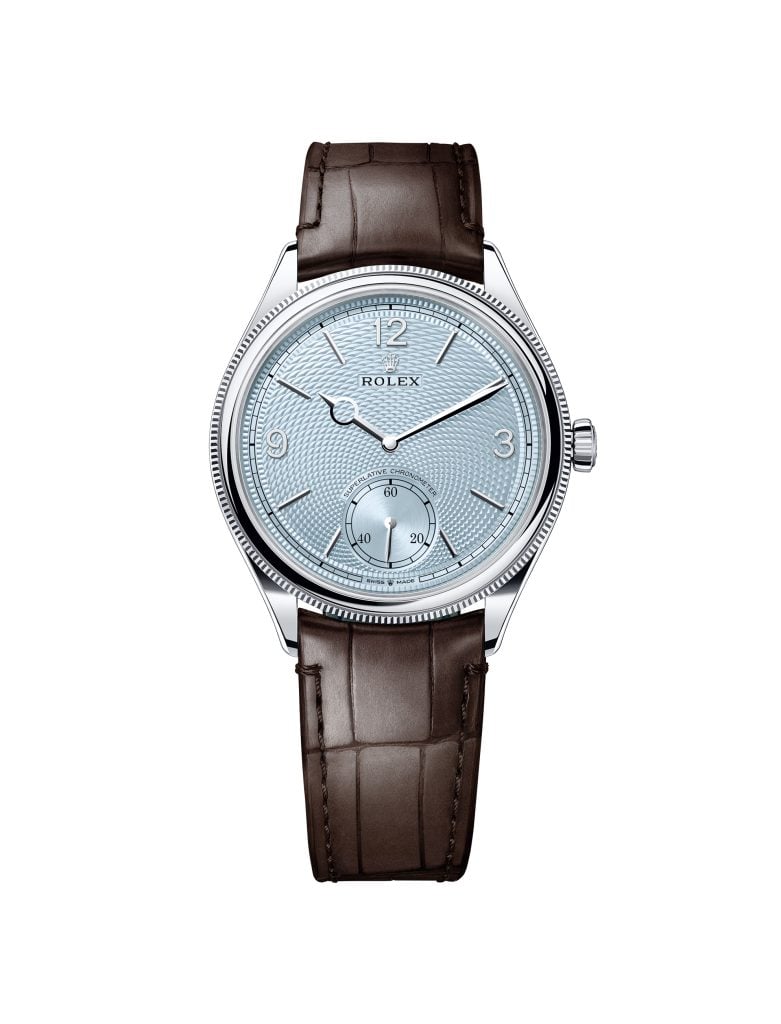
For several years leading into the pandemic, luxury watch buyers were single-minded in their focus on steel sport watches with a 1960s and ’70s heritage, particularly those from the Big Three brands: Audemars Piguet, Rolex and Patek Philippe.
The hype over these models – some might call it insanity – peaked in 2022, when secondary prices soared to all-time highs. Now, as the pre-owned market has returned to more sustainable levels, buyers who in the past might have been encouraged, for investment reasons, to buy into the craze, have had the freedom to pursue models and styles that better reflect their individualized tastes.
The shift has benefitted fans of dress watches, which are poised for a renaissance. Perhaps the most compelling evidence of that trend is the fact that a Rolex watch, which is a brand that’s built its reputation on its associations with various sports, made a dress style, the platinum-cased Perpetual 1908, a cornerstone of its Watches and Wonders newness.
Shaped Watches
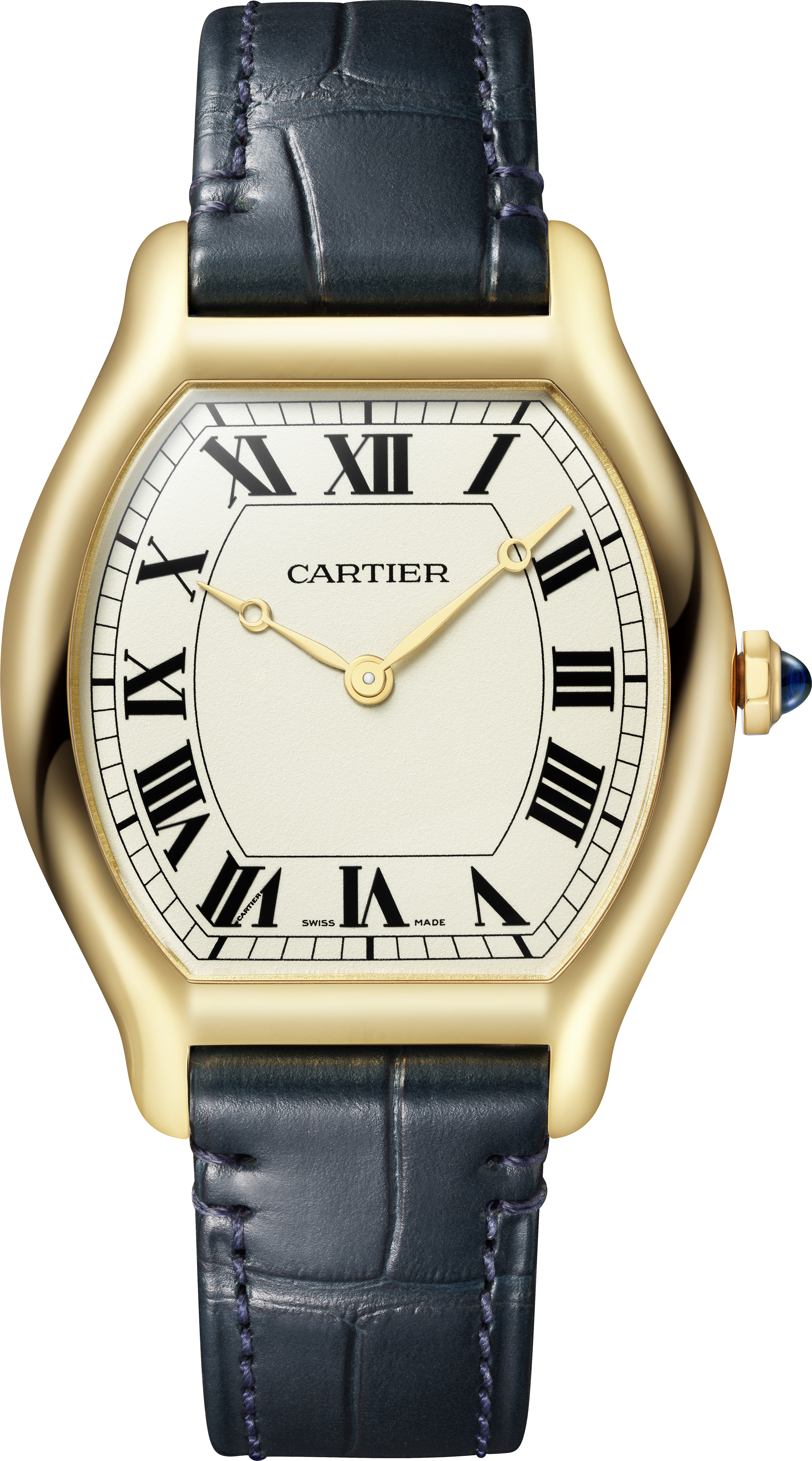
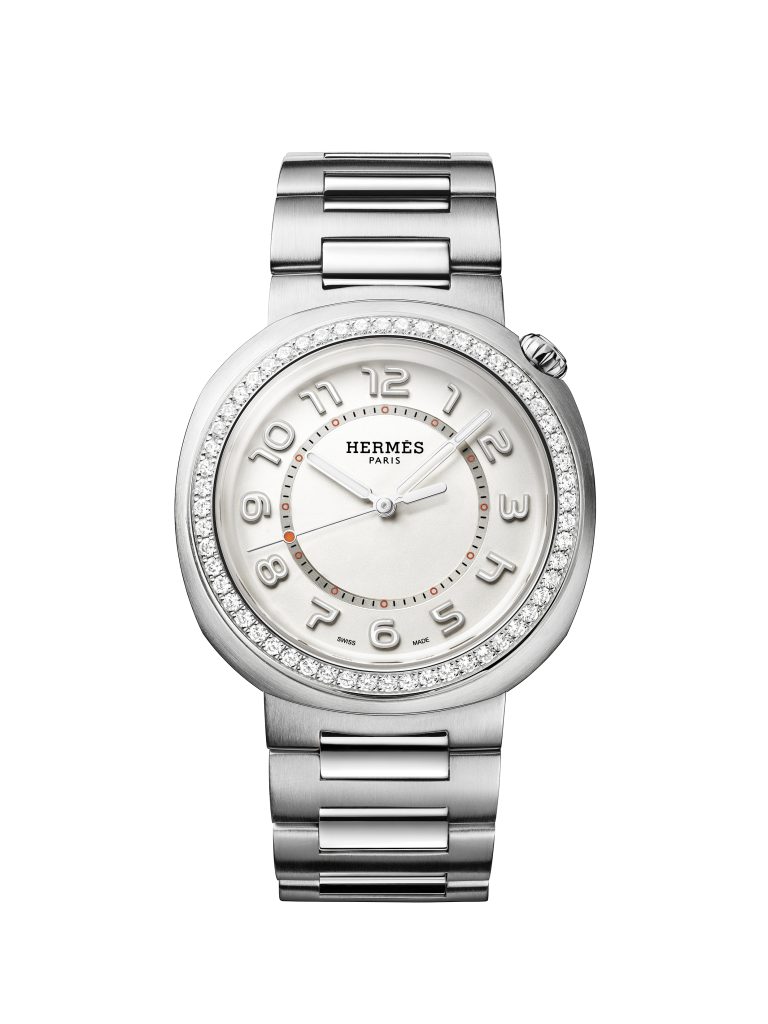
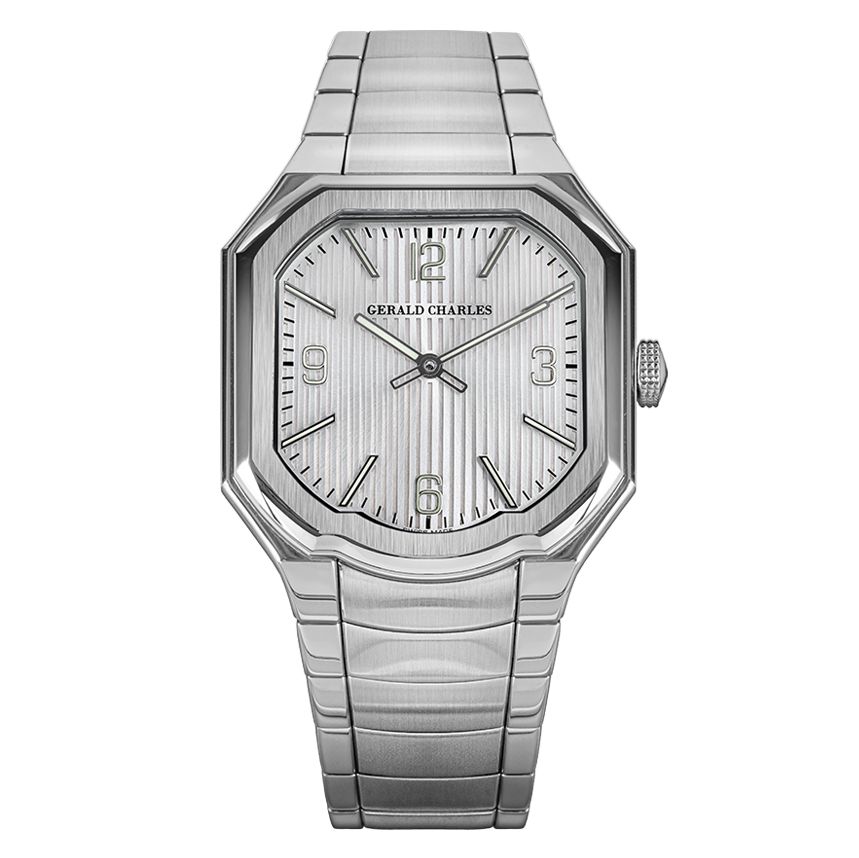
Related to the rising popularity of dress watches is another burgeoning trend: the growing appreciation for shaped watches, referring to any silhouette that isn’t round. Cartier’s post-pandemic hot streak is certainly a factor. Known as “the watchmaker of shapes,” the maison commanded the spotlight in Geneva thanks to its widely praised introduction of the Tortue (“turtle” in French) in the Cartier Privé collection, a limited range of timepieces geared to collectors.
A number of brands seemed to take their cues from Cartier’s success, including Hermès, which unveiled an entirely new collection, Hermès Cut, of 36 mm timepieces with a curiously irregular shape consisting of “a circle within a round shape,” according to the brand.
At Gerald Charles, founded in 2000 by the legendary watch designer Gérald Charles Genta, the brand’s signature Maestro case, which lies somewhere between a square and an octagon, was a hit with buyers, suggesting that non-round silhouettes are gaining ground. In good shape, indeed!


